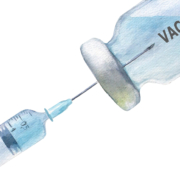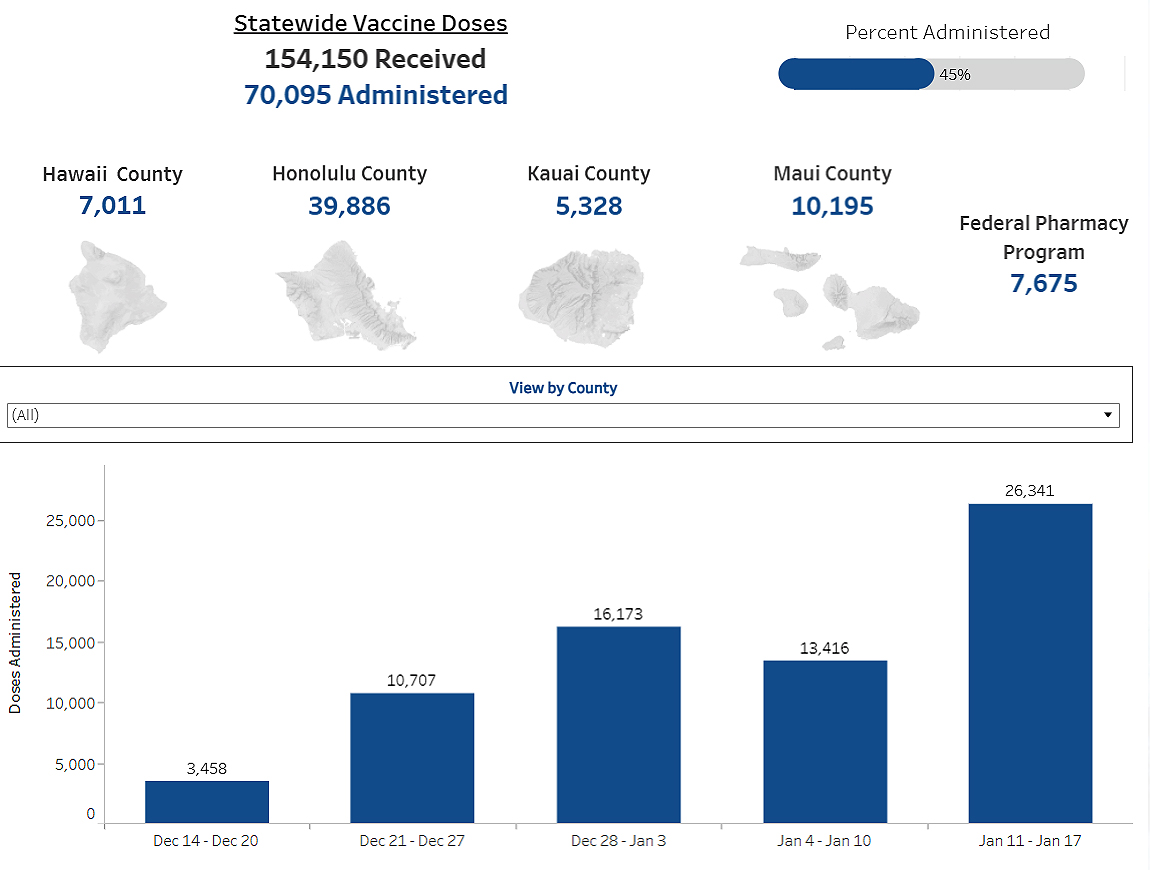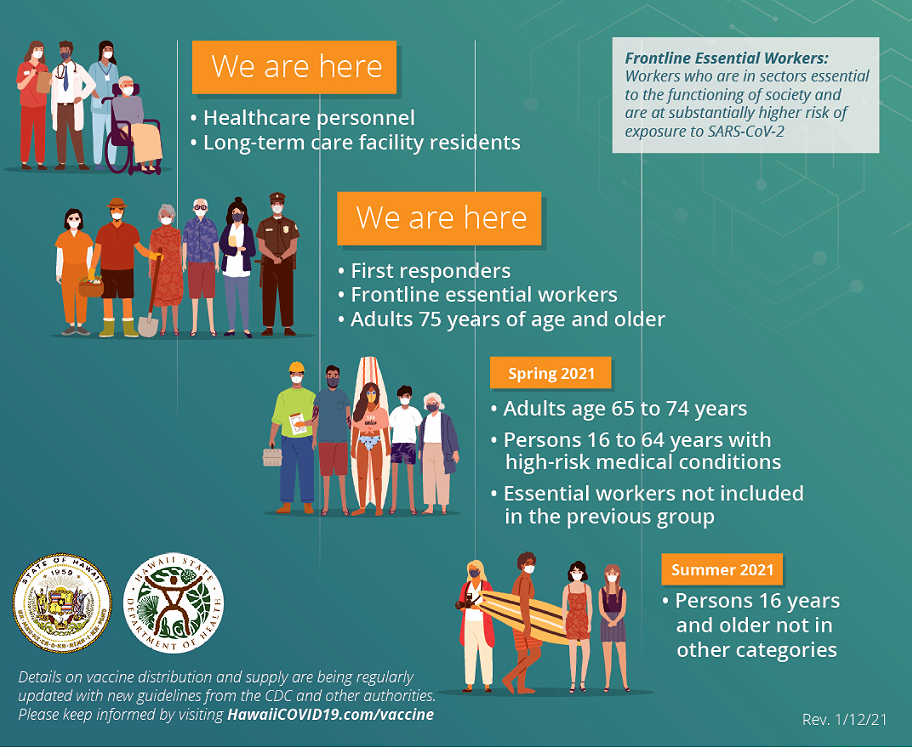Editorial — Pandemics, Pollution, and Politics
Pandemics
Three-quarters of new or emerging diseases that infect humans originate in animals, according to the US Centers for Disease Control and Prevention, but it is human activity that multiplies the risks of contagion.
Humanity’s “promiscuous treatment of nature” needs to change or there will be more deadly pandemics such as Covid-19, warn scientists who have analysed the link between viruses, wildlife and habitat destruction.
Deforestation and other forms of land conversion are driving exotic species out of their evolutionary niches and into manmade environments, where they interact and breed new strains of disease, the experts say.
Roger Frutos, a specialist in infectious diseases at the University of Montpellier, said multiple studies have confirmed the density and variety of bat-borne viruses is higher near human habitation.
“Humans destroy the bats’ natural environment and then we offer them alternatives. Some adapt to an anthropomorphised environment, in which different species cross that would not cross in the wild,” he said.
Habitat destruction is an essential condition for the proliferation of a new virus, he added, but it is only one of several factors. Bats also need to pass the disease on to humans. There is no evidence of this being done directly for coronaviruses. Until now there has been an intermediary – either a domesticated animal or a wild animal which humans came into contact with for food, trade, pets or medicine.
In the 2003 Sars outbreak in China, it was a civet cat. In the Mers outbreak in the Middle East in 2012, it was a camel. Scientists have detected about 3,200 different strains of coronavirus in bats. Most are harmless to humans, but two very closely related sarbe-coviruses found in east Asia were responsible for Sars and Covid-19. The paper says future sarbecovirus emergence will certainly take place in east Asia, but epidemics of other new diseases could be triggered elsewhere.
South America is a key area of concern due to the rapid clearance of the Amazon and other forests. Scientists in Brazil have found viral prevalence was 9.3% among bats near deforested sites, compared to 3.7% in pristine woodland. “With deforestation and land-use change, you open a door,” said Alessandra Nava, of the Manaus-based Biobank research centre.
Pollution
A Harvard University study has linked dirty and polluted air to the worst coronavirus outcomes, and it has quickly become a political football in Washington. Presidential candidates, agency regulators, oil lobbyists and members of Congress from both parties are using the preliminary research to advance their own political priorities — well before it has a chance to be peer-reviewed.
The stakes are high because the study’s tentative findings could prove enormously consequential for both the pandemic’s impact and the global debate over curbing air pollution. The researchers found that pollution emanating from everything from industrial smokestacks to household chimneys is making the worst pandemic in a century even more deadly.
The consequences and public health costs of Air Pollution before COVID-19, associated with elevated exposure to NO2 …
- Hypertension,
- Heart and cardiovascular diseases,
- Increased rate of hospitalization,
- Chronic obstructive pulmonary disease (COPD),
- Significant deficits in growth of lung function in children,
- Poor lung function in adults or lung injury and
- Diabetes
A second and collaborating European study published in the journal Science of the Total Environment has found that long-term exposure to air pollution may be “one of the most important contributors to fatality caused by the COVID-19 virus” around the world.
The study looked at COVID-19 fatalities in four of the countries that have been hit hardest by the virus – Germany, France, Italy and Spain. It found that 78% of deaths had occurred in just five regions in northern Italy and Spain.
These regions, the report notes, have the highest concentrations of nitrogen dioxide (NO2), a pollutant harmful to human respiratory systems, while their geography means these areas also suffer from downward air pressure, which can prevent the dispersal of airborne pollutants.
Trump administrations environmental rollbacks will significantly increase greenhouse gas emissions and lead to thousands of extra deaths from poor air quality each year, according to energy and legal analysts.
As economies across the world are halted and millions of people abide by stay-at-home orders in the effort to “flatten the curve” of COVID-19, many are observing similar unintended consequences: cleaner air and water in some of the most polluted cities on earth.
- Impacts of the new coronavirus pandemic (COVID-19) could contribute to a near 8% drop in global greenhouse gas (GHG) emissions in 2020, according to a report from the International Energy Agency (IEA).
- Global energy demand is expected to drop 6% this year, due to both the coronavirus and to countries seeing warmer-than-average winters. That 6% decline is seven times higher than the drop brought by the 2008 financial crisis. Alongside that decline in energy demand, IEA predicted demand for coal could fall by 8%, while oil will also see a downturn. But renewable energy sources may see an uptick in demand.
- IEA said emissions are likely to rise again once economies reopen and recover, unless countries try to invest in clean energy and renewables. In a tweet, IEA Executive Director Fatih Birol called for “structural emissions reductions.”
If you lived through the Nixon years you may have thought you’ve seen it all. From enemy lists to break-ins. But this current administration has demonstrated there is no limit to massive abuses of power and privilege.
The 21st century Republican party and its leadership, culminating in the actions and events leading to Trump’s impeachment, without consequences, and the obstruction of evidence in due process, speaks to the current system of governance which has broken the checks and balances within the Federal government.
Since assuming power, the Trump Administration has, and is, reversing nearly 100 environmental rules designed to protect the public health and the environment.

All told, the Trump administration’s environmental rollbacks could significantly increase greenhouse gas emissions and lead to thousands of extra deaths from poor air quality each year, according to energy and legal analysts.
At the same time, the Interior Department has worked to open up more land for oil and gas leasing by cutting back protected areas, limiting wildlife protections, and in policy partnership with the EPA, eliminating air and water pollution rules and protections.
The GOP controlled White House and Senate has taken gerrymandering, court stacking, influence peddling and profiting to a whole new level.
Unlike the days of Nixon, Trump and his party have a nation media empire which not only has their backs, but engages daily in misdirection and conspiracy theories and serves as a state propaganda machine the envy of even Russia’s state run media.
In U.S. cable and digital media markets, specifically, that’s influence which translates into effective mind control of the 30% of the population — (their) truth without facts, science as fiction, and serves as a policy feed-back loop for the President of the United States who gets his daily briefings from Fox, not the nation’s intelligence community.
All told, the Trump administration’s environmental rollbacks could significantly increase greenhouse gas emissions and lead to thousands of extra deaths from poor air quality each year, according to energy and legal analysts.
None of this will change until the GOP leadership is standing in the unemployment line come this November.

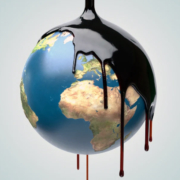
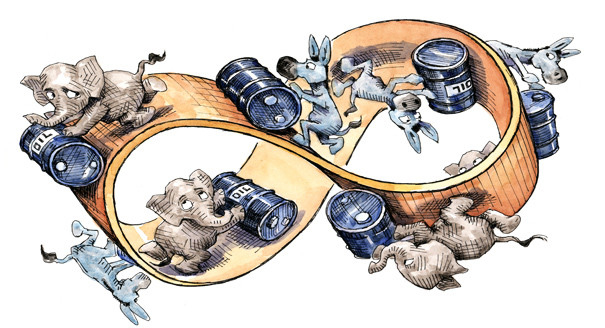
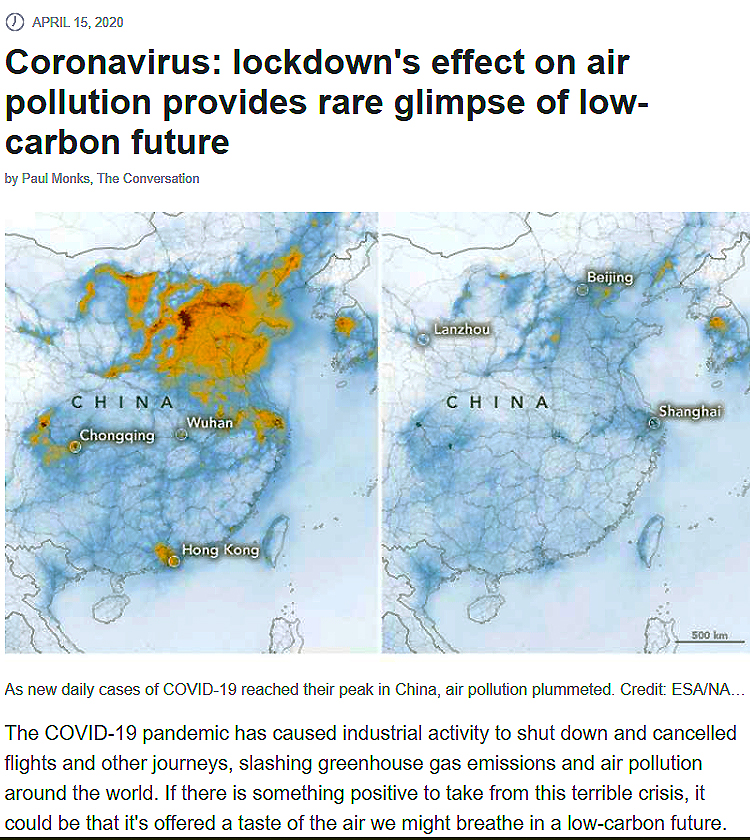

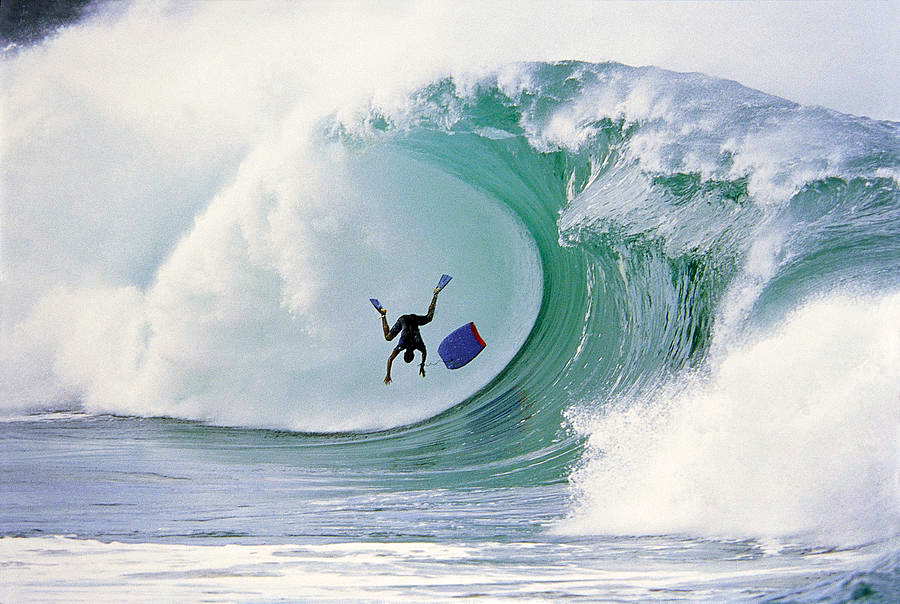
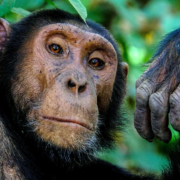


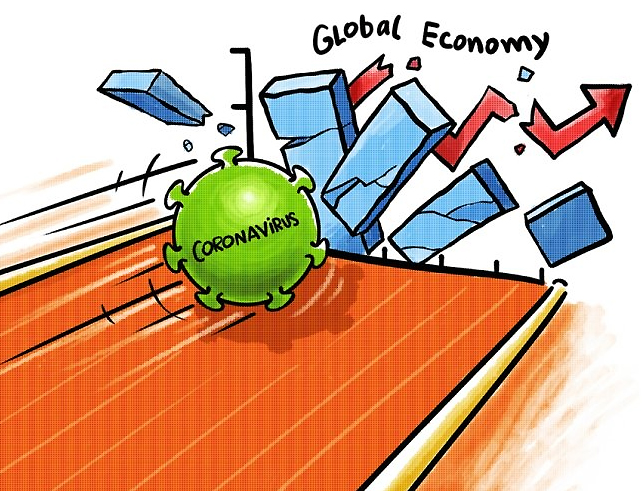
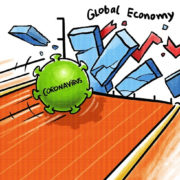
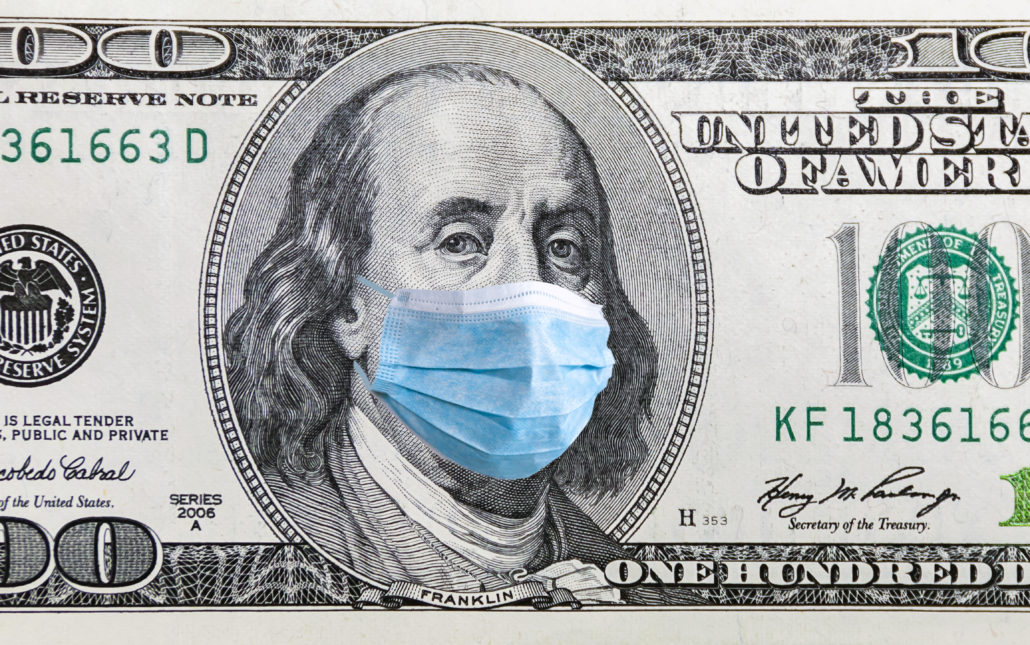

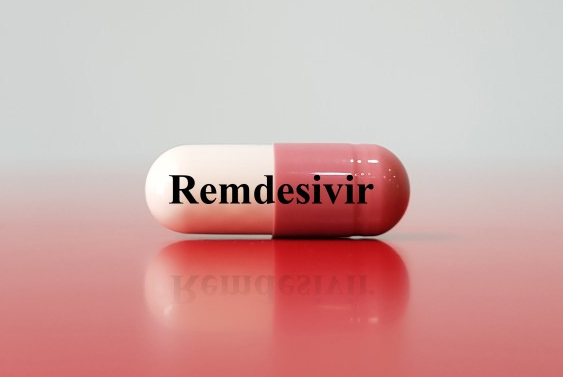
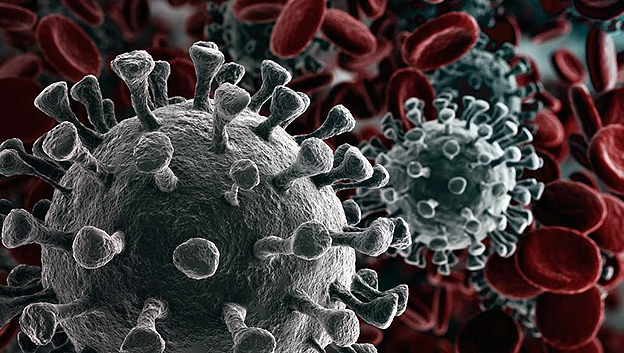

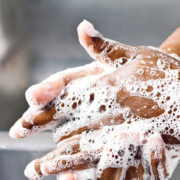
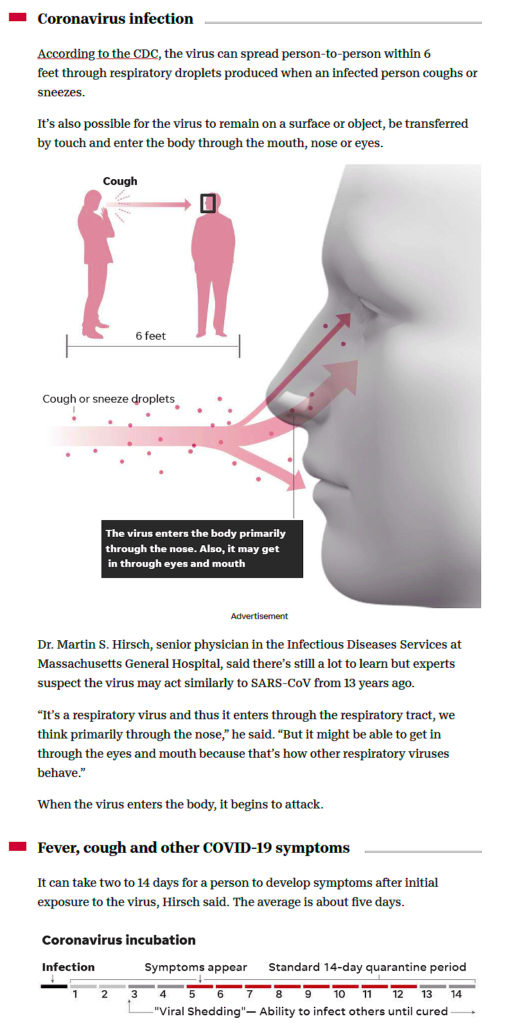
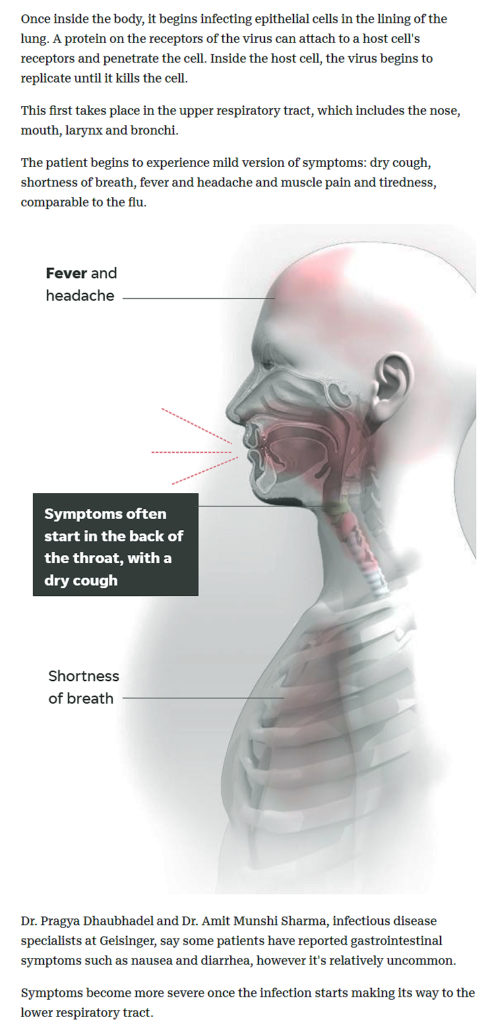
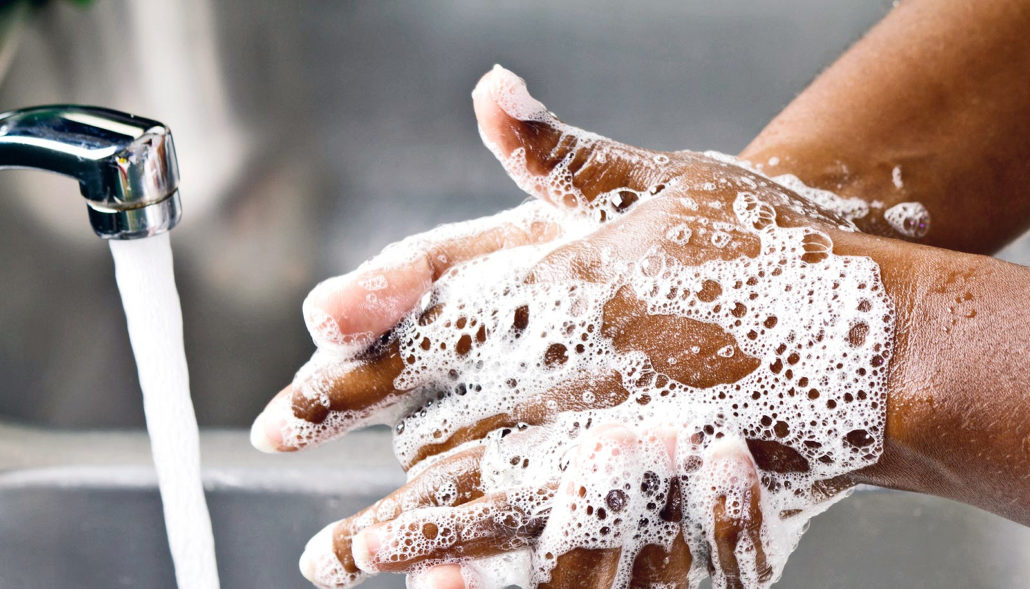 It is always important to cover coughs and sneezes with a tissue and throw it away immediately and to wash hands often with soap and water for at least 20 seconds.
It is always important to cover coughs and sneezes with a tissue and throw it away immediately and to wash hands often with soap and water for at least 20 seconds.